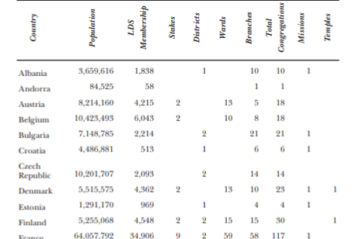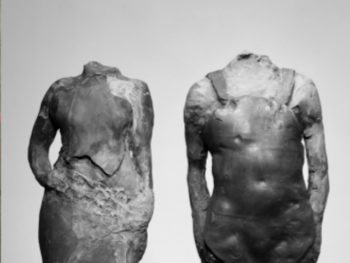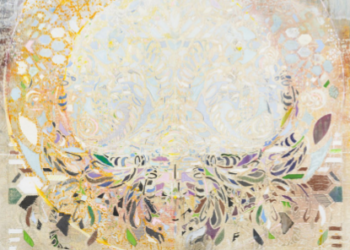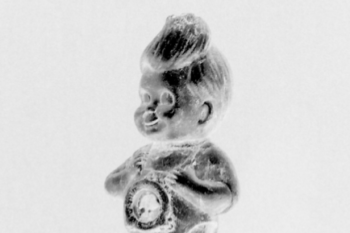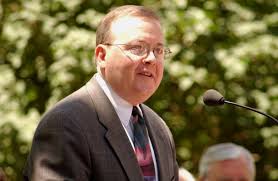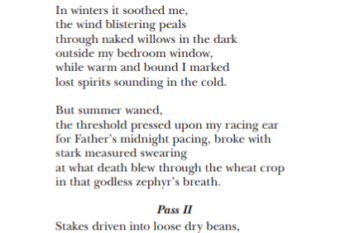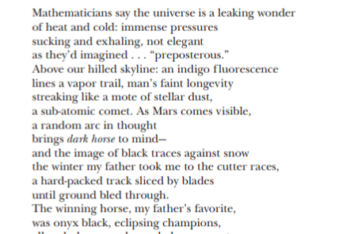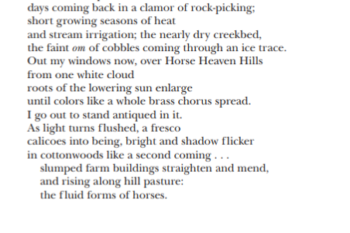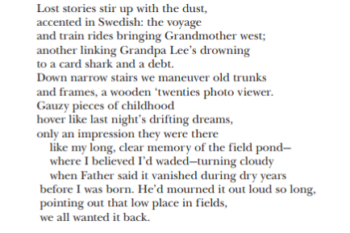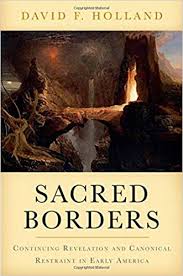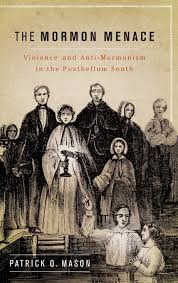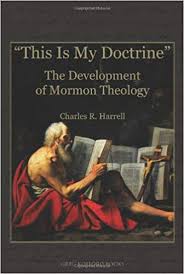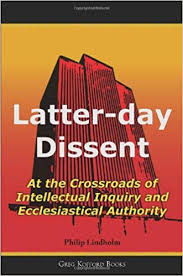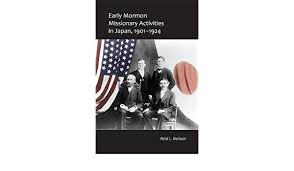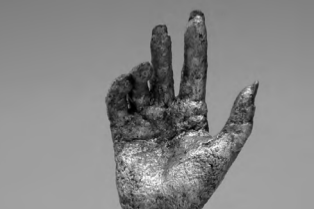Rethinking Retrenchment: Course Corrections in the Ongoing Quest for Respectability
Armand L. MaussAlmost two decades have elapsed since I published The Angel and the Beehive: The Mormon Struggle with Assimilation (Urbana: University of Illinois Press, 1994). My book began by acknowledging and illustrating the “Americanization” thesis advanced by others— namely that the LDS Church and religion had spent the first half of the twentieth century in a deliberate policy of assimilation with American society and was thus following the time-honored trajectory traced by such early scholars as Ernst Troeltsch and Max Weber—from a peculiar and disreputable sect toward a respectable church, increasingly comfortable with the surrounding American culture.
Read more






